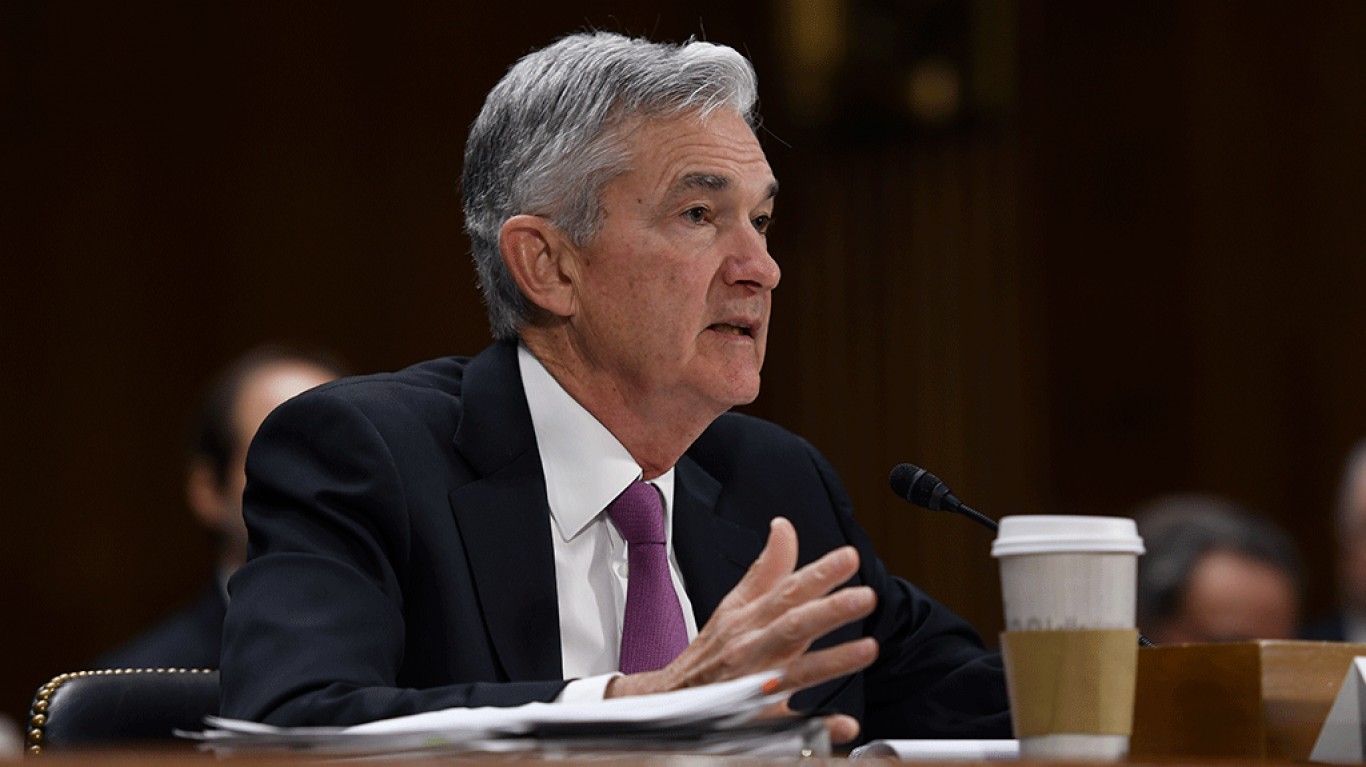Investing
Friday Premarket Newsmakers: From the Debt Ceiling Deal, on to Greedflation

Published:

Premarket action on Friday had the three major U.S. indexes moving nicely higher. The Dow Jones industrials were up 0.53%, the S&P 500 up 0.51% and the Nasdaq 0.48% higher.
The Senate on Thursday passed the bill already passed by the House of Representatives, taking the lid off the federal debt ceiling until early 2025. After some clean-up, the bill will go to the president in the next few days for his signature, and a manufactured crisis will end. Equity markets reacted favorably, as expected, closing with solid gains. Investor sentiment remained positive again Friday morning.
Before U.S. markets open Friday morning, the Bureau of Labor Statistics will release its report on nonfarm payrolls for May. Consensus estimates call for a decline in total payrolls from 253,000 new jobs in April to 190,000 jobs in May. Hourly earnings have been forecast to rise by 0.3%, lower than the 0.5% increase posted in April. Headline unemployment is expected to come in at 3.5%, up from 3.4% in April.
The job market and wage growth are slowing, but inflation remains stubbornly high. Could it be that profits, not people, are driving inflation?
In a note published Tuesday, UBS economist Paul Donovan of the bank’s global wealth management group noted that the debt ceiling crisis was limping toward a conclusion, but he also commented on a report that the U.K.’s British Retail Consortium shop price index has risen by 9% year over year:
This does not reflect prices in the economy, only prices in stores—but this is the area where profit-led inflation is most likely to occur. The BRC (representing retailers) did not mention profit margins because the first rule of profit-led inflation is that you do not talk about profit-led inflation.
Profit-led inflation. That term is going to be used more and more as the next Federal Open Market Committee meeting approaches. In early May, the European Central Bank said that rising prices were playing a bigger role in inflation than were rising wages. Earlier this week, the Wall Street Journal noted that although the S&P 500’s average earnings per share had fallen by 1.4% year over year in the first quarter, Wall Street had been expecting a decline of 5.9% in profits.
For grocery and general merchandise retailers, sales are up 4.8% and 5.5%, respectively, year over year. But a lot of that increase is going directly to companies that make packaged food products. Coca-Cola, for instance, raised prices in the first quarter, and profits increased by 12%. PepsiCo raised prices by 16% and increased its profits by 18%, even though sales volume fell. Tracy Alloway and Joe Weisenthal of Bloomberg cite Samuel Rines of research firm Corbu, who has dubbed the ability of companies to raise prices together as “Pepsi Pricing Power.”
In a working paper published in late February, University of Massachusetts Amherst economists Isabella Weber and Evan Wasner lay out the plot line:
The dominant view of inflation holds that it is macroeconomic in origin and must always be tackled with macroeconomic tightening. In contrast, we argue that the US COVID-19 inflation is predominantly a sellers’ inflation that derives from microeconomic origins, namely the ability of firms with market power to hike prices. Such firms are price makers, but they only engage in price hikes if they expect their competitors to do the same. This requires an implicit agreement which can be coordinated by sector-wide cost shocks and supply bottlenecks.
So, with corporate profit margins rising because companies have been able to raise prices virtually at will, does the Federal Reserve pause with its interest rate increases when it meets on June 12? If Weber, Wasner, and others are right, inflation is, in fact, greedflation. Can the Fed rein that in? Does it even want to?
Here is a look at how U.S. markets fared on Thursday.
Nine of 11 market sectors closed higher on Thursday. Technology (1.33%) and industrials (1.26%) had the day’s largest gains. Utilities (−0.78%) and consumer staples (−0.09%) posted the day’s only declines. The Dow closed up 0.47%, the S&P 500 up 0.99% and the Nasdaq up 1.28% on Thursday.
Two-year Treasuries dropped seven basis points to end Thursday at 4.33%, and 10-year notes dipped by three basis points to close at 3.61%. In Friday’s premarket, two-year notes were trading at around 4.35% and 10-year notes at about 3.62%.
Retirement planning doesn’t have to feel overwhelming. The key is finding professional guidance—and we’ve made it easier than ever for you to connect with the right financial advisor for your unique needs.
Here’s how it works:
1️ Answer a Few Simple Questions
Tell us a bit about your goals and preferences—it only takes a few minutes!
2️ Get Your Top Advisor Matches
This tool matches you with qualified advisors who specialize in helping people like you achieve financial success.
3️ Choose Your Best Fit
Review their profiles, schedule an introductory meeting, and select the advisor who feels right for you.
Why wait? Start building the retirement you’ve always dreamed of. Click here to get started today!
Thank you for reading! Have some feedback for us?
Contact the 24/7 Wall St. editorial team.